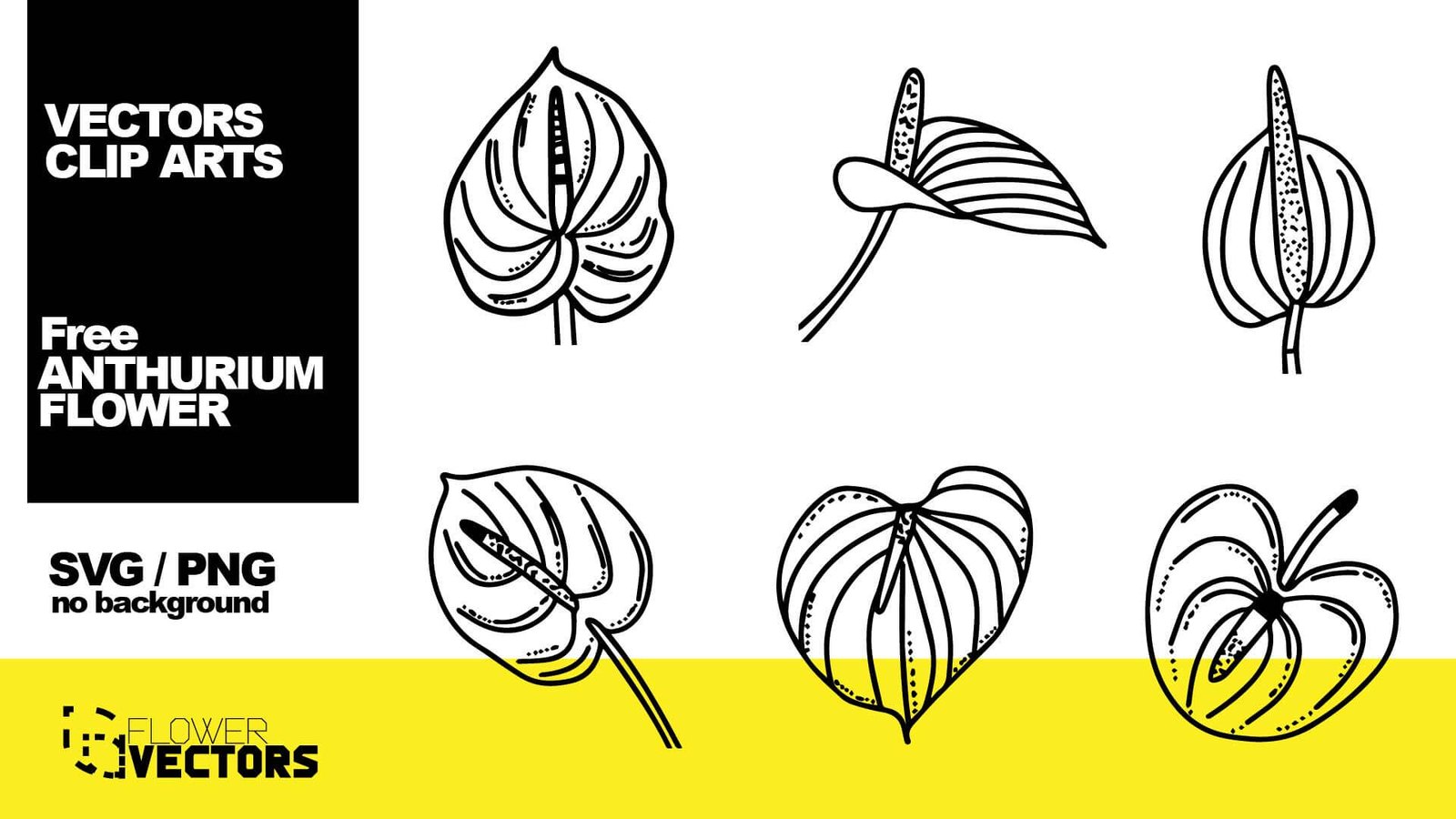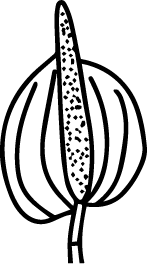Anthurium vector

List of anthurium vectors to download for free. Save as images to your computer






About anthurium
Anthurium is one of the most popular indoor flowers, with its unusual-looking blossom that can last up to 3-4 months. It is a rather undemanding plant that remains decorative even after the flowering period is over. Although there are quite a number of anthurium species, the care of all of them is similar.
Watering anthurium
Before watering, it is important to check the moisture content of the soil, not only at the surface, but also in the deeper layers (you can poke the soil with half of your index finger). During the flowering period, the soil needs to be very moist, so the anthurium will need to be watered frequently (water at room temperature is best for this). In late autumn, the anthurium goes dormant and will need to be watered more sparingly.
Anthurium transplantation
Anthuriums should be transplanted every spring, and it is advisable to add plenty of river sand to the transplanting soil. These houseplants are very fond of loose soil and need good drainage.
Reproduction of anthurium
Most anthurium species can be propagated by seeds or cuttings. Flower lovers have found that anthuriums grown from seed are healthier and more resistant to disease, which is why this is the preferred method of propagation. Seeds should be sown as soon as they have been collected as they lose their germination after 7-10 days. The seeds are sown in soil with rotten leaves or in moss peat.
At a temperature of 20-25 degrees Celsius, the seeds will germinate after 8-15 days. Duckthorns grown from seed take 4-5 years to flower. Duckweed grown from cuttings blooms more quickly, so this is also an option to consider: it is advisable to dry the cuttings slightly, remove the two lower leaves and then plant them in peat. Shercer’s duckweed can be propagated by means of a clump: the excavated clump will need to be divided so that each part has 3-4 leaves and one bud.